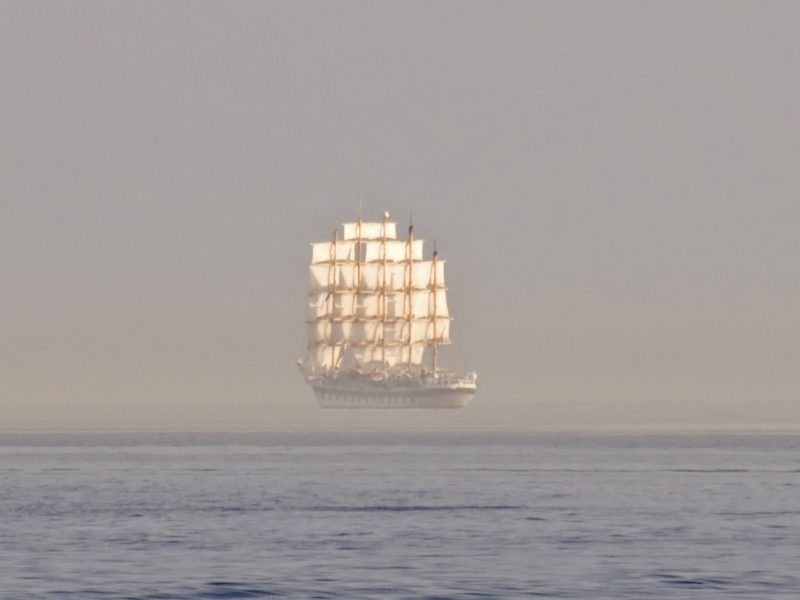
Mike Roggemann shares his knowledge on Husky Bites, a free, interactive webinar this Monday, 10/10 at 6 pm. Learn something new in just 30 minutes or so, with time after for Q&A! Get the full scoop and register at mtu.edu/huskybites.
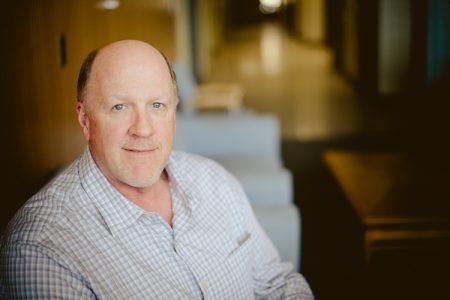
What are you doing for supper this Monday night 10/10 at 6 ET? Grab a bite with Associate Dean Leonard Bohmann and Mike Roggemann, professor emeritus of Electrical and Computer Engineering at Michigan Tech. The two worked together for many years as colleagues in the ECE Department.
Note: Dr. Bohmann will fill in as host for Husky Bites on Monday, October 10. He is Michigan Tech’s associate dean for academic affairs in the College of Engineering, and also a professor of Electrical and Computer Engineering.
According to the National Weather Service, turbulence is an irregular motion of the air resulting from eddies and vertical currents, associated with fronts, wind shear, and thunderstorms. It can be chaotic, irregular, random, and swirling. “That’s the mechanical form of turbulence,” notes Roggemann. “I’m interested in the optical effects of turbulence,” he says.
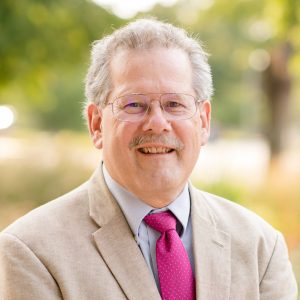
“Think back to a hot summer day, when you’ve seen a car driving down a road that’s shimmering in the heat,” he says. “There are some really interesting atmospheric optic effects. A huge amount of work has been done to understand the nature of these effects and how to mitigate them—due to the practical impact on a huge number of things we really want to work.”
Over the years at Michigan Tech, Roggemann has put Michigan Tech’s north woods location on Lake Superior to great use for his research. One of his goals: to extend the range and understand the performance of imaging and laser systems in any kind of weather.
“We’ve got it all here—remote locations, blizzards, thunderstorms, heat waves,” he says. “The UP is uniquely suited to the job.”

Roggemann and his research team at Michigan Tech developed a laser communications testbed to evaluate adaptive optics algorithms, installing it atop an eight-story building in the nearby city of Hancock. The system directed a laser beam 3.2 kilometers to a receiver located on the roof of the Dow Building on campus. They spent several years monitoring atmospheric turbulence, scattering, and weather to understand how such factors fluctuate in the real world.
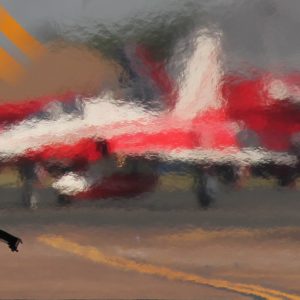
A Swiss F-5E Jet shimmers in the heat at RAF Fairford in England.
Free space laser communications systems send lasers through air. One challenge is that it’s not really free space—it’s air. “Atmosphere changes and turbulence can make the laser beam wander,” says Roggemann. “Some technologies exist to partially mitigate these effects, but none are perfect,” he says.
Channel fading is one problem, and sometimes deep channel fading. If it goes down too low, the communication link can be broken. Roggemann and his research team of students designed and tested various ways of solving this problem to make laser communications more stable and reliable—and be able to achieve the highest possible channel capacity.
One thing they tried: using adaptive optics (AO) on the transmitter, to steer and focus the laser beam on the receiver aperture. The result was less fluctuation, which reduced fading. They discovered another benefit—an increase in received optical signal power.
A fellow of Optica (OSA) and fellow of SPIE, Roggeman is coauthor of the book “Imaging Through Turbulence,” and has authored or coauthored over sixty journal articles and over fifty conference papers, many relating to laser communication. Some of his other research interests include optical remote-sensing system design and analysis, and signal and image processing.
“Lasers and the atmosphere don’t mix all that well.”
Before joining the faculty at Michigan Tech, Roggemann was an associate professor of engineering physics at the Air Force Institute of Technology, Wright-Patterson AFB, in Ohio.
He earned a BS in Electrical Engineering at Iowa University, and an MS and PhD in Electrical Engineering at the Air Force Institute of Technology. Along the way he worked as an electro-optics program manager at Wright Laboratories, Wright-Patterson AFB, in Ohio, and an imaging researcher at the Phillips Laboratory, Kirtland AFB, in New Mexico.
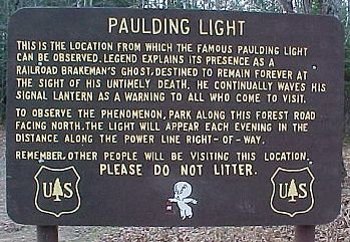
Prof. Roggemann mentored and advised countless electrical engineering students over the years, many of whom earned their doctorate degrees. In addition to conducting research and teaching in photonics and optics, Prof. Roggeman served as the ECE department’s graduate director, no small feat. At any given time, the ECE department has about 50-plus PhD students and 140-plus MS students.
In 2011, a group of Roggemann’s research students at Michigan Tech, led by then PhD student Jeremy Bos, examined the mysterious Paulding Light phenomena taking place in Paulding, Michigan. Their goal: separate fact from fiction.
Spoiler Alert: “The Paulding Light can be explained as a refraction of headlights from an inversion over the valley,” says Roggemann.
“If not for the students, why are we here?”

Dr. Bohmann was serving as interim ECE department chair when the position for the College of Engineering associate dean opened up. “I kind of like the administrative side of things, so I applied for the job,” he says.
It gives him the chance to participate in professional service, including volunteering as a program evaluator for ABET, the organization that accredits engineering programs (including Michigan Tech’s). He’s an ABET commissioner, working with ABET for close to 20 years now.
But how did Dean Bohmann end up at Michigan Tech in the first place? The year was 1988, early October.
“Janeen and I decided to make the long drive to Houghton to see what it was like at Michigan Tech,” he recalls. “That night we stayed at McLain State Park campground. We got up in the morning, looked out of the tent, and saw snowflakes in the air.”
The rest is history. “We decided to move to the Great North Woods, to live near the shore of Lake Superior. This August it will have been 33 years!”
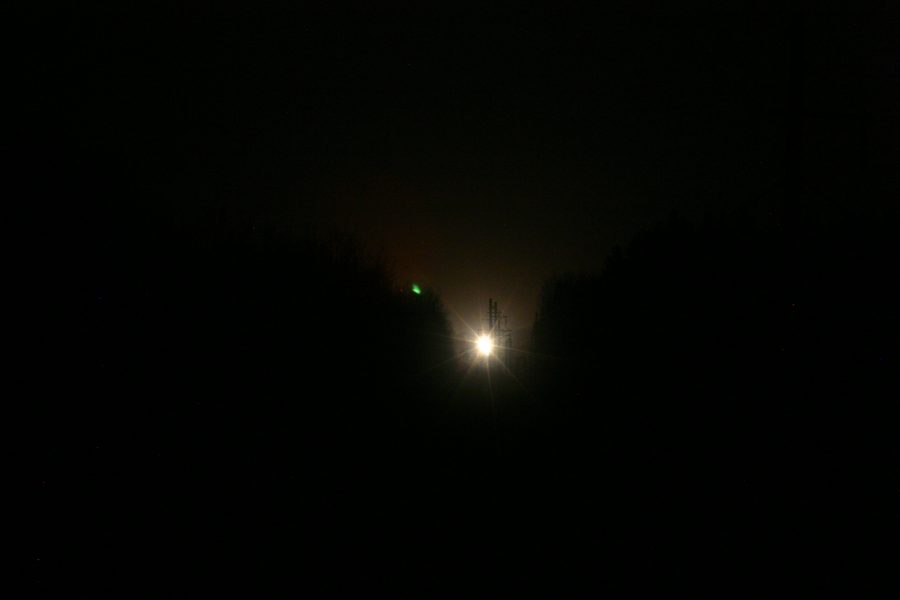
Dr. Roggemann, how did you first get into engineering? What sparked your interest?
I was fascinated by the space program as a boy in the 1960s and 1970s, and resolved to go to college and major in science or engineering to be a part of it.
Hometown?
I was born and raised in a small town in Iowa. After high school I went to Iowa State, and entered the Air Force upon graduation. I had some interesting assignments while on active duty, and got both my MSEE and PhD. I spent my last five years on active duty as a professor at the Air Force Institute of Technology. Upon retiring from the Air Force I joined the faculty at Michigan Tech, in the ECE department. I retired from academic life in June 2022.
What do you like to do in your spare time?
Quite a few hobbies: hunting, fishing, exercise, reading, shooting replica firearms from the 1800’s, boating, traveling (more now that I’m not tied down by the academic calendar!), snowmobiling, snowshoeing, moving snow in the winter, and hiking. Never a dull moment. We have two lovable dogs, Fritz and Penne.
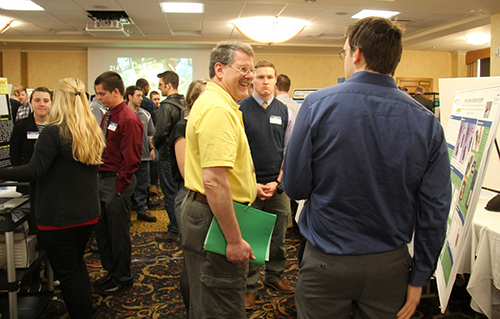
Dr. Bohmann, what is your advice for new students?
“It is important to study hard, but also important to play hard. If you are going to come to Michigan Tech you need to embrace the outdoors, because it’s here.”
Hometown?
Cincinnati, Ohio. “I went to college in Dayton, and graduate school in Madison. I just kept moving north until I ran into water—Lake Superior—and then I stopped.”
Family?
Janeen and Nick. Before that, I grew up in a family of 10.
What do you like to do in your spare time?
I like to snowshoe to and from work.
What is the most rewarding aspect of your job?
“Realizing that I am impacting students all across the college. Although I am more removed from day to day interactions, I have a chance to make sure they are getting a great education.”
Read More:
It’s Out There: Return to the Paulding Light
